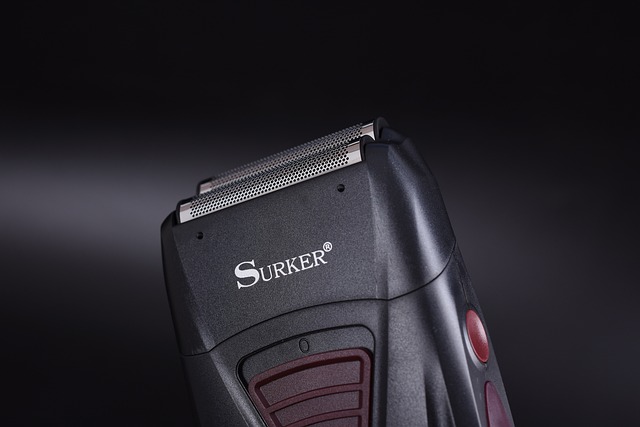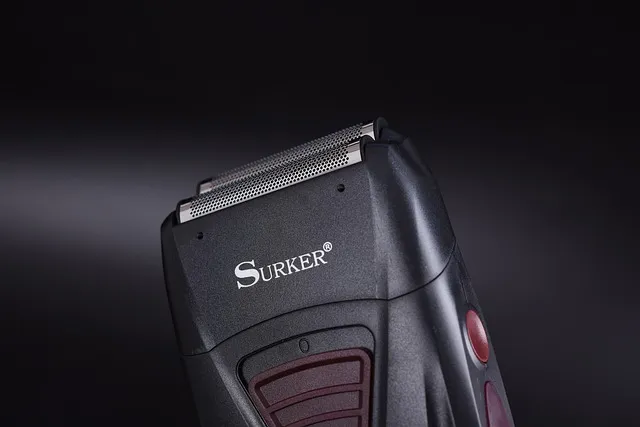How Can You Tell If Your Dryer’s Thermal Cut-Off Fuse Needs Replacing?
First, if your dryer refuses to start, it could be more than just a dead outlet. Check the thermal cut-off fuse. A common sign is if the dryer feels unusually hot or has been tripping the circuit breaker. Another red flag is if it stops mid-cycle and refuses to restart.
You might also notice that clothes are coming out still damp or are taking much longer to dry. When the fuse is faulty, it can’t regulate the temperature correctly, leading to inefficient drying. A simple way to diagnose this is to use a multimeter to check for continuity. If the multimeter shows no continuity, it means the fuse is blown and needs replacing.
To be sure, you can also check for visible signs of damage. Look for any burn marks or melted parts around the fuse. If you spot these, it’s a clear indicator that the fuse has given out.

Replacing the thermal cut-off fuse is usually straightforward, but if you’re unsure, consulting a professional can save you from any potential mishaps. Regular maintenance and keeping an eye out for these signs can help you ensure that your dryer stays in tip-top shape and your laundry routine remains hassle-free.
Is Your Dryer Overheating? How to Know if the Thermal Cut-Off Fuse is to Blame
Imagine the thermal cut-off fuse as the dryer’s personal bodyguard. Its job is to protect your machine from overheating by shutting off the power if things get too hot. If this fuse trips, it’s like the bodyguard throwing up a red flag, signaling that something’s gone seriously wrong. So, how can you pinpoint if this fuse is the troublemaker?
First, check if the dryer is running hotter than usual. Excessive heat can be a red flag that the thermal cut-off fuse has tripped. A dryer that’s hotter than the surface of the sun might be telling you that its internal safety mechanisms are working overtime. Next, listen for unusual noises or even a complete lack of power—this can also be a sign that the fuse has blown.
But don’t just stop there. If you’re up for a bit of DIY detective work, you can use a multimeter to test the fuse. Turn off the dryer and remove the fuse, then check for continuity. If the multimeter shows no continuity, it means the fuse has failed and needs replacing. Remember, if you’re not comfortable handling electrical components, it’s best to call a professional.
So, the next time your dryer starts to overheat, don’t just shrug it off. The thermal cut-off fuse might be trying to tell you something important. Pay attention to these signs, and you might just save your dryer from a fiery fate!
Signs Your Dryer’s Thermal Cut-Off Fuse Might Be Failing: A Comprehensive Guide
First things first, let’s talk about what a thermal cut-off fuse actually does. Imagine it as a superhero with a single mission: to prevent your dryer from getting too hot and causing a fire. It does this by cutting off power to the heating element when things get dangerously hot. But, like any superhero, it can’t always prevent disasters if it’s malfunctioning.
So, how can you tell if this trusty fuse is on the fritz? One major sign is if your dryer is tumbling clothes but not heating them up. If you’re getting warm air that’s more like a gentle breeze, it’s a red flag. Another telltale sign is if your dryer seems to run forever without actually drying your clothes. If your laundry is still damp after a full cycle, the thermal cut-off fuse might be failing.

Also, keep an eye out for any unusual noises or a burning smell. A malfunctioning fuse can sometimes cause the dryer to overheat, which might result in odd smells or even visible smoke. If you notice any of these symptoms, it’s time to check the fuse. In some cases, your dryer might even stop working altogether if the fuse is completely failed.
So, if you’re experiencing these issues, don’t ignore them. A failing thermal cut-off fuse can lead to bigger problems down the road. It’s best to address it sooner rather than later to keep your dryer—and your home—safe and running smoothly.
Dryer Not Heating? Check These Key Indicators of a Faulty Thermal Cut-Off Fuse
First, let’s break down what this fuse does. The thermal cut-off fuse is designed to protect your dryer from overheating. Think of it as a safety switch that cuts the power when things get too hot. When it fails, your dryer might still turn on, but it won’t heat up. So, if your clothes are coming out damp, this fuse might be the reason.
Here’s a quick way to check if the fuse is at fault: unplug your dryer and locate the fuse, usually found on the back or inside the dryer’s door panel. Using a multimeter, test the fuse for continuity. If the meter shows no reading, the fuse is likely blown and needs replacement.
Another telltale sign of a faulty thermal cut-off fuse is the dryer taking longer than usual to dry clothes. If it seems like it’s struggling to get up to temperature, that’s a big red flag. Additionally, if you notice any unusual burning smells or if the dryer shuts off abruptly during a cycle, the fuse might be overheating and cutting off prematurely.
In summary, a faulty thermal cut-off fuse could be the sneaky saboteur behind your dryer’s heating issues. By checking for continuity and observing your dryer’s performance, you can diagnose and tackle this problem head-on, restoring your appliance to its optimal functionality.
Avoid a Dryer Disaster: How to Diagnose and Replace a Bad Thermal Cut-Off Fuse
First off, what exactly is a thermal cut-off fuse? Think of it as the dryer’s safety net. Its job is to keep the appliance from overheating by cutting off power if temperatures get too high. If this fuse goes bad, your dryer might not heat up at all, or it might stop working entirely.
To diagnose a faulty fuse, start by unplugging the dryer. Safety first, right? Then, locate the fuse—usually found in the back panel or inside the dryer door. Use a multimeter to check for continuity. If the fuse doesn’t pass the continuity test, it’s definitely time for a replacement.
Replacing the thermal cut-off fuse is like changing a light bulb but a bit more involved. Remove the old fuse by unscrewing or unclipping it, then install the new one in its place. Make sure it’s snug and secure, just like fitting a new bulb into its socket. Once you’ve replaced the fuse, plug the dryer back in and test it out. Hopefully, your dryer will roar back to life, eager to dry those clothes that have been waiting.
By diagnosing and replacing a bad thermal cut-off fuse yourself, you save both time and money while avoiding a potentially costly dryer disaster.

